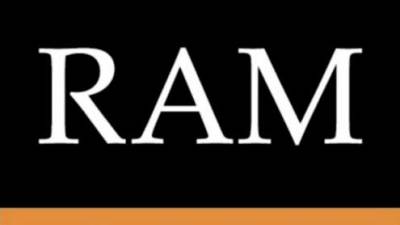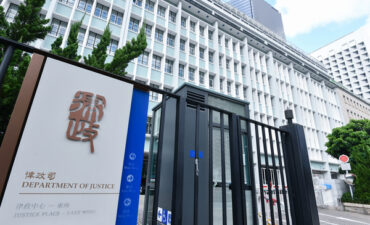PETALING JAYA: Malaysian banks’ first quarter 2024 (Q1’24) financial results showed steady profitability, in line with RAM Ratings’ expectations.
In a statement, it said the average pre-tax return on assets and return on equity of eight selected local banks amounted to an annualised 1.37% and 13.8% respectively (Q1’023: 1.38% and 13.9%).
“Profit outperformance in 2024 is expected to be relatively limited. Potentially lower provisioning charges may be offset by more moderate loan growth, while margins are likely to remain flat,” it said, adding that the banking system’s loan growth was sustained at an annualised 5.3% as at end of March 2024 (2023: 5.3%).
RAM Ratings said business loan expansion experienced a resurgence in late 2023, continuing into Q1’24 and this was in line with the recovery in exports driven by the emerging semiconductor upturn.
Household credit demand, however, saw some moderation. All household subsegments experienced softer growth, except for passenger car hire purchases.
Considering the coming revision of petrol subsidies, which may reduce credit demand in the second half of 2024, RAM Ratings predicted 5% loan growth for the entire year.
Net interest margins (NIM) were significantly compressed in 2023 due to the elevated cost of funds from the upward repricing of deposits following multiple rate hikes and heightened deposit competition.
“On a positive note, margin trends have stabilised as competition for deposits eased. Although the average NIM of the eight banks contracted by 10 bps y-o-y to 2.03% in Q1 2024, the metric registered a modest uptick on a q-o-q basis (Q4’23: 2.02%),” said RAM’s co-head of financial institution ratings, Wong Yin Ching.
“Overall, we expect full-year margins in 2024 to remain largely suppressed, similar to the year before,” she said.
On the asset quality front, the system’s gross impaired loan (GIL) ratio inched down marginally to 1.62% (end-December 2023: 1.65%).
Favourable labour market conditions – with the unemployment rate recovering to the pre-pandemic level of 3.3% – should help contain the adverse impact of the rollout of subsidy rationalisation.
The GIL ratio is envisaged to come in between 1.6% and 1.7% by year-end. The eight banks’ average credit cost ratio also stayed relatively benign at 22 bps in Q1’24 (Q1’23: 18 bps; 2023: 23 bps), given the sizeable management overlays that remain.
“Some writebacks of these overlays are anticipated but banks are prudently assessing the quantum and timing of reversals given the macro headwinds,” Wong said.









